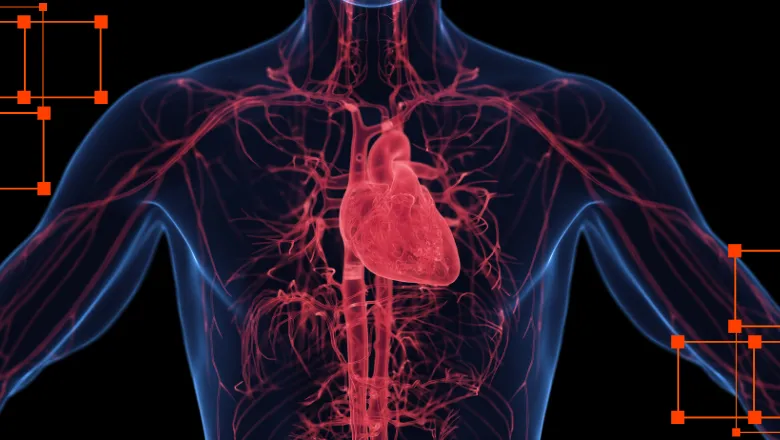This collaboration between geneticists and engineers shows how the left and right ventricles of the heart change shape across the community. We are very grateful to the participants of the UK Biobank study for their valuable contributions which greatly help our understanding of heart disease mechanisms
Alistair Young, Professor of Cardiovascular Data Analytics and Artificial Intelligence at the School of Biomedical Engineering & Imaging Sciences
22 November 2024
New research shows relationship between heart shape and risk of cardiovascular disease
A new multi-national study co-authored by King's researcher Professor Alistair Young has revealed that the shape of the heart is influenced in part by genetics and may help predict the risk of cardiovascular diseases.

Researchers from King’s College London, along with collaborators at Queen Mary University of London, University of Zaragoza and University College London, and Complexo Hospitalario Universitario A Coruña are the first to examine the genetic basis of the heart’s left and right ventricles using advanced 3D imaging and machine learning.
Prior research primarily focused on the heart’s size and volume and specific chambers. By studying both ventricles together, the team was able to capture the more intricate, multi-dimensional aspects of the heart shape. This new approach to exploring shape has led to the discovery of new heart-associated genes and provided a better understanding of the biological pathways linking heart shape to cardiovascular disease.
Cardiovascular disease is among the leading causes of death in the UK and globally. The findings of this study could change how cardiac disease risk is evaluated. Genetic information related to heart shape can provide a risk score for heart disease, offering potentially early and more tailored assessment in clinical settings.
“This study provides new information on how we think about heart disease risk,” said Patricia B. Munroe, Professor of Molecular medicine at Queen Mary and co-author of the study. “We've long known that size and volume of the heart matter, but by examining shape, we’re uncovering new insights into genetic risks. This discovery could provide valuable additional tools for clinicians to predict disease earlier and with more precision.”
The team used cardiovascular MRI images from over 40,000 individuals from the UK Biobank, a large-scale biomedical database and research resource containing genetic and health information from half a million UK participants, to create 3D models of the ventricles. Through statistical analysis, they identified 11 shape dimensions that describe the primary variations in heart shape.
Subsequent genetic analysis found 45 specific areas in the human genome linked to different heart shapes. Fourteen of these areas had not been previously known to influence heart traits.
This research marks an exciting new chapter in understanding how genetics influence the heart and opens the doors to further studies on how these findings could be integrated into clinical practice, ultimately benefiting millions at risk of heart disease.

